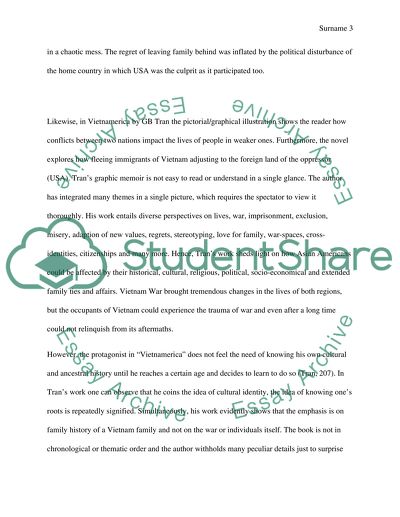Cite this document
(“Monkey Bridge(1998) and Vietnamerica: a family's journey (2011) Essay”, n.d.)
Retrieved from https://studentshare.org/literature/1673864-monkey-bridge1998-and-vietnamerica-a-familys-journey-2011
Retrieved from https://studentshare.org/literature/1673864-monkey-bridge1998-and-vietnamerica-a-familys-journey-2011
(Monkey Bridge(1998) and Vietnamerica: a family'S Journey (2011) Essay)
https://studentshare.org/literature/1673864-monkey-bridge1998-and-vietnamerica-a-familys-journey-2011.
https://studentshare.org/literature/1673864-monkey-bridge1998-and-vietnamerica-a-familys-journey-2011.
“Monkey Bridge(1998) and Vietnamerica: a family'S Journey (2011) Essay”, n.d. https://studentshare.org/literature/1673864-monkey-bridge1998-and-vietnamerica-a-familys-journey-2011.


